Feb 13, 2018
Ishigaki Island Regional Foods
The first thing I noticed about food on a recent trip to Ishigaki Island, Okinawa was that it was a little hard to come by. The place is mostly 'inaka' – the middle of nowhere feeling. Rather than supermarkets and convenience stores every 20 blocks or less, there are sometimes neighborhood vegetable stands or yaoya and local markets or shoten. If you visit the other islands in the Yaeyama group, there might not even be any of these little shops.
This caused slight anxiety that I might not be able to eat conveniently and become grumpy or headachy.
My first experience with food on the island was at one of these shoten, a five or ten minute walk from the guesthouse in Shiraho. About the size of a convenience store, the staff barely acknowledged me as I walked in and said good morning, although I was the only customer. I checked out what was available and the prices, knowing they would likely be higher than on the mainland or at a chain supermarket. I was especially curious about any unknown and local foods they might have.
The first regional food (or drink) I noticed was actually at the airport in a vending machine. A bottled tea called sanpin cha, which I had never heard of before, was also in the shoten. I saw tea bags for 'mizudashi' like mugi cha was also available and noted the price for potential omiyage. Sanpin cha is Jasmine tea, likely introduced to the area from Taiwan & China.
In Ishigaki there is plenty of the Okinawan local alcohol made from sugar cane, awamori, as well as habu shu, the awamori containing habu snake venom.
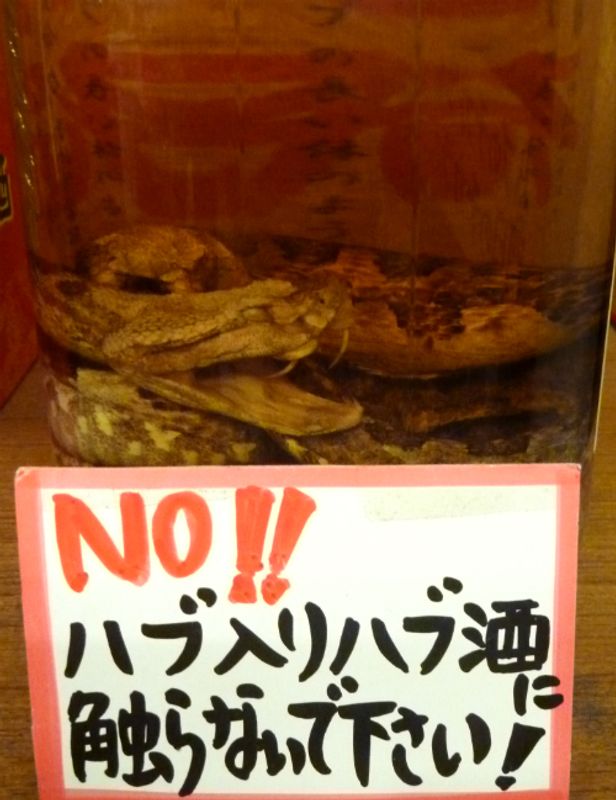
There wasn't tons of fresh fruit juice available during the off season, but I imagine during summer there is plenty of fresh mango, banana, papaya, sugar cane, and pineapple juice. I saw a lot of papaya and banana trees, growing wild, with their fruit still green. Of course you'll find Orion beer all over Okinawa prefecture.
In that same shoten I watched a local come in and take a couple of the handmade onigiri I had considered before. I watched him take one of the kara-age onigiri, so I decided to try it. I've never seen that anywhere else and it was tasty. In addition to the kara-age, there was some omelette inside, and it was much fresher than onigiri you'd find in a convenience store.
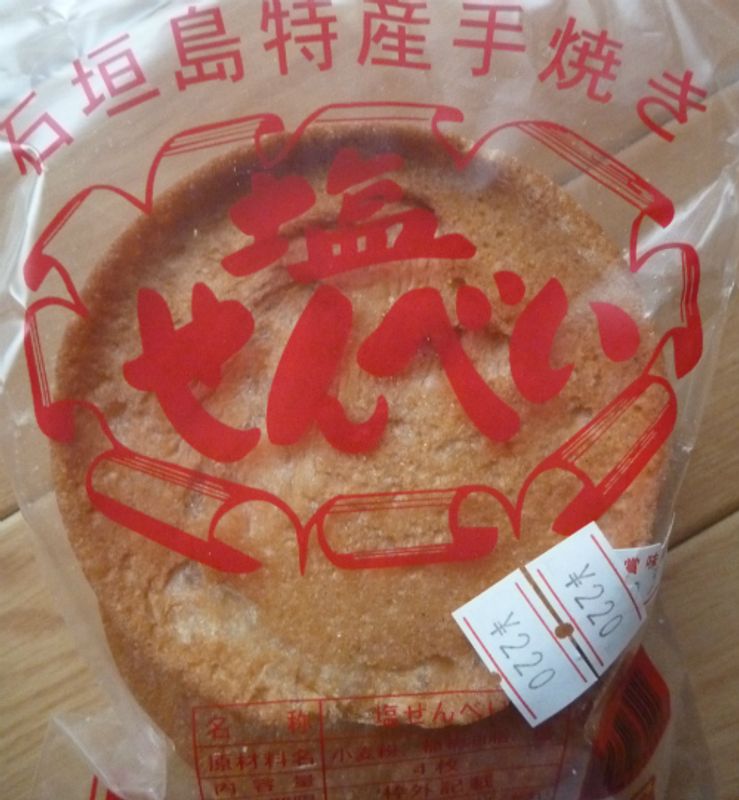
I also picked out some shio senbei, locally hand fried salt crackers. For four senbei at 220 yen, I wish they were cheaper because I could eat them every day. Simply made with just flour, salt, and vegetable oil, these are way better than the other salt senbei I found in the supermarket later. I liked those too – they reminded me of rice cakes in the US, but they strangely contained no rice, just cornstarch. I bought the locally handmade salt senbei a few times.
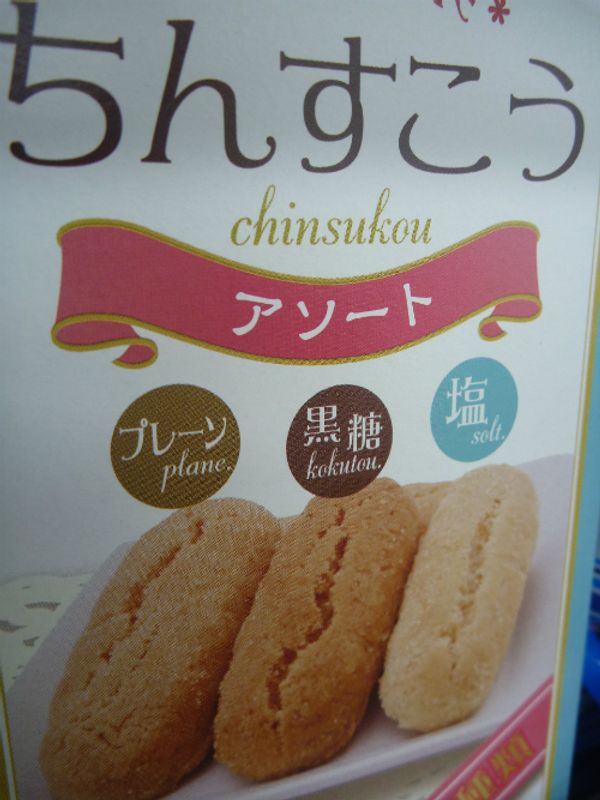
There are a couple things people might think of as omiyage from Okinawa Prefecture: kokutou and chinsukou. Kokutou is brown sugar produced locally from the sugar cane and sometimes flavored with local fruits or salt. Chinsukou is a fairly boring butter cookie sort of snack, sometimes in local flavors like beni imo (or just 'plane.') Ishigaki Island also sells these products everywhere.
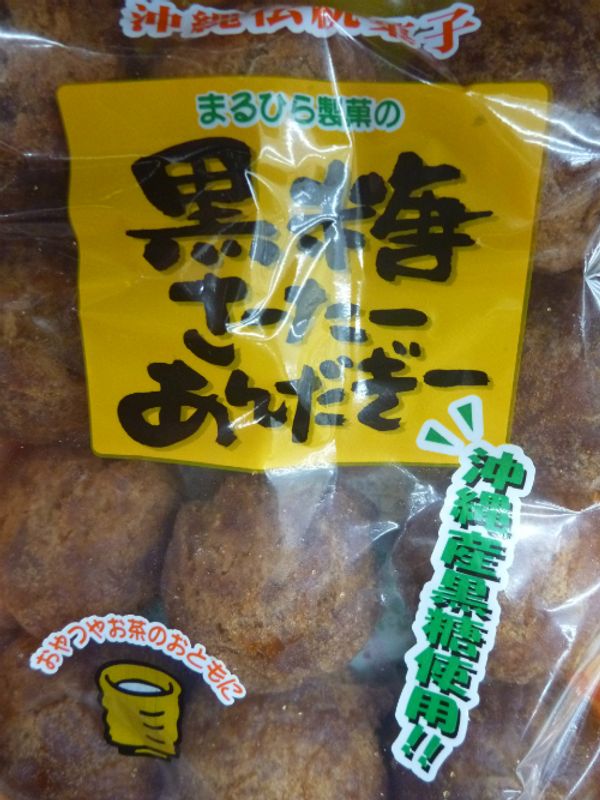
One of the more local snacks I saw and decided to try is called sa-ta- andagi- and looks like a donut hole. The brown sugar flavor isn't very sweet and contains some nice subtle flavors. The homemade ones we bought on the street in the public market downtown were really good with some hot tea.
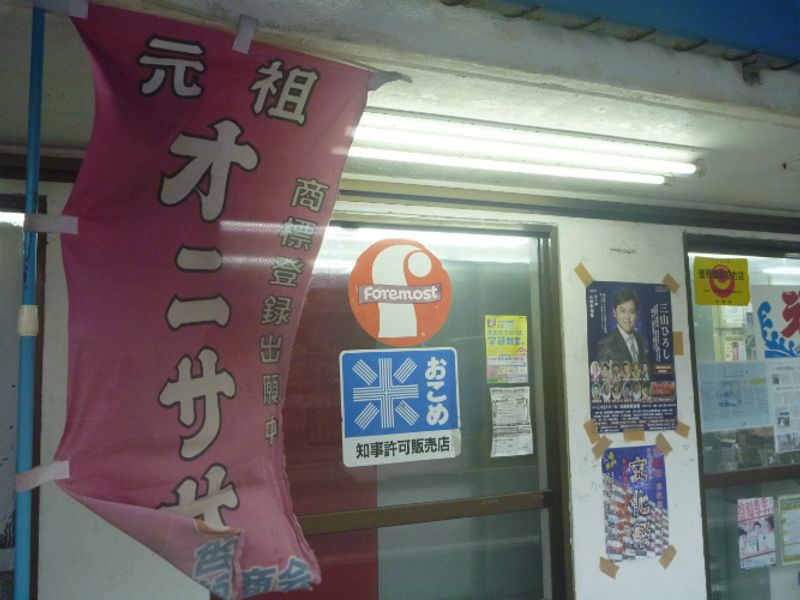
My husband had researched a little about local food and heard about something curious called onisasa. The guesthouse owner also mentioned a shoten nearby that sold onisasa, so we went there and the friendly owner showed us how to make them. Onisasa is simply a thinly sliced and fried chicken breast (sasami), mayonaise and sauce, and an onigiri (without nori). These are piled into a small plastic deli bag, then the onigiri is smashed down to form an easy to eat sandwich-like meal. Not beautiful, but a tasty, simple, and interesting local food. (I imagine onisasa were created by accident.)

One local food everyone might know is Yaeyama Soba. This 'soba' is actually made from only wheat, so it's more like udon or thick ramen noodles, cooked al dente, and served in a broth made of tuna, kombu, and pork bone. The noodle soup called so-ki soba is served with pork short ribs and I believe made all over Okinawa prefecture.
Ishigaki Beef is also a local food, but it's just the local version of 'wagyu.' Local people supposedly eat goat meat on special occasions and we saw some people keeping goats. We tried yagi jiru (goat soup) but I have to say that restaurant wasn't very tasty so I can't give a good opinion on goat meat based on it.
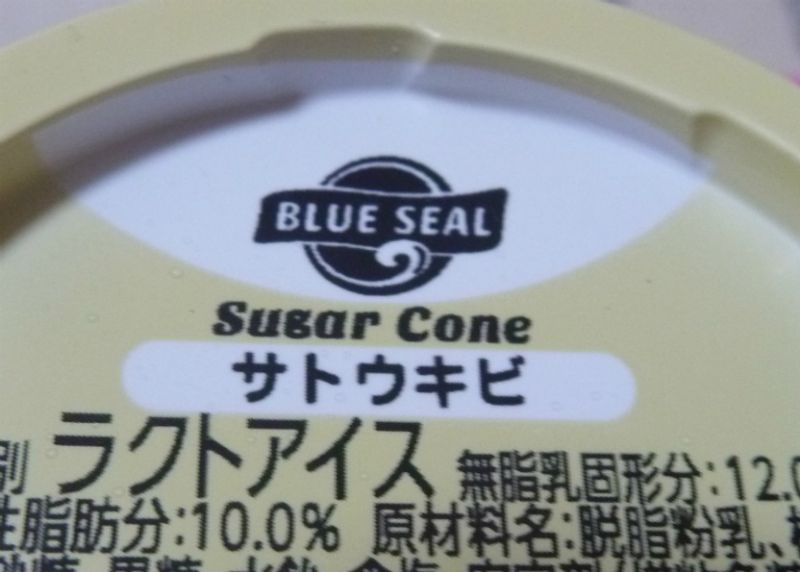
Satoukibi means sugar cane, not sugar cone, but okay.
For dessert, you'll see Blue Seal brand ice cream everywhere with local flavors like sugar cane and mango sorbet. We tried several from the (Aeon) Max Value supermarket in town.
In the airport and one original location on Ishigaki Island, you can find a gelato shop using local milk, Miru Miru gelato. The guava and sugar cane flavors were really good! It's such a tiny amount for the price, but so rich and satisfying.
In the end, as long as you know where to look, there is plenty of food on Ishigaki Island. I'll bet during summer there is an abundance of fresh fruit being sold on the street everywhere as well.



0 Comments